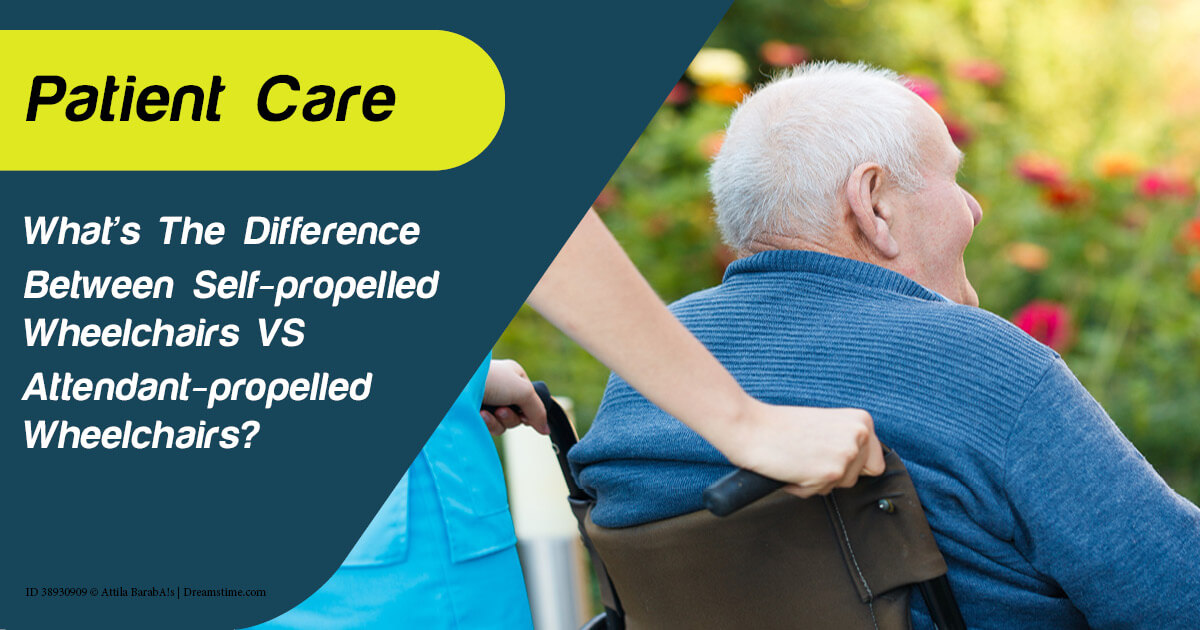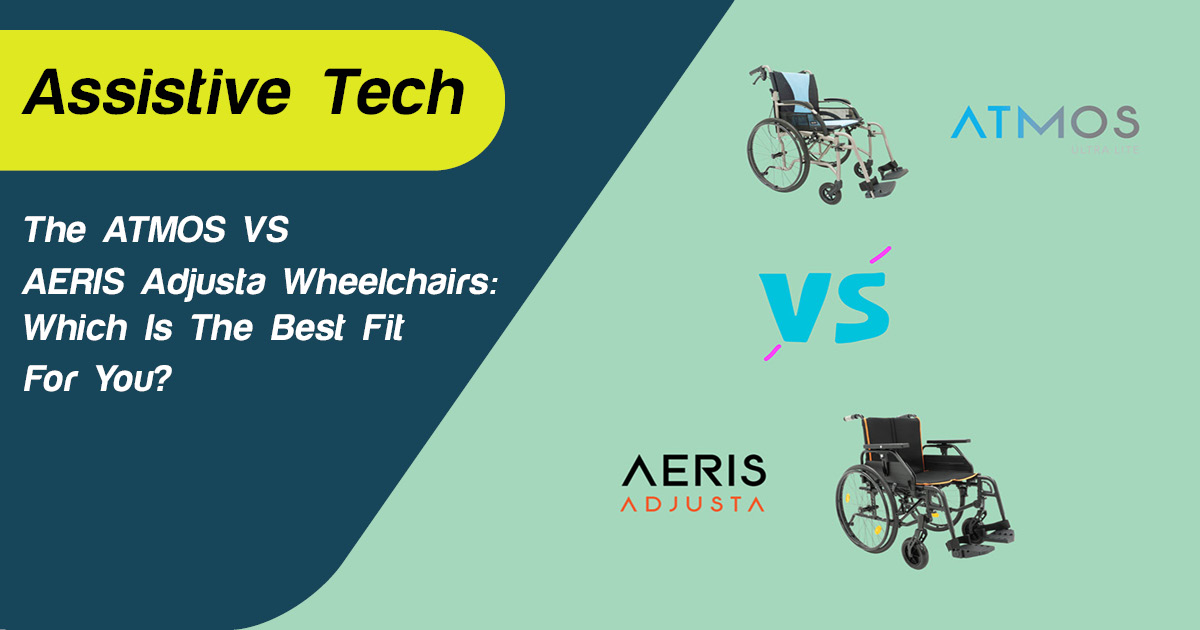
Share
Travel is a universal desire, and individuals with disabilities should not be excluded from the excitement and benefits of exploring new places. While it's true that travelling with a disability may require some additional planning and consideration, the availability of transport services for disability has greatly improved in recent years, making travel more accessible and inclusive for all.
Whether you're a wheelchair user, have limited mobility, or planning a trip with someone with a disability, this guide will equip you with the knowledge and resources to make travelling with a wheelchair as smooth and enjoyable as possible.
JUMP TO:
Air Travel & Flight Assistance
Bus Travel: Wheelchair Accessibility
Additional Considerations for International Travel
Travelling with a Wheelchair: Tips & Recommendations
Accessible Accommodation: Finding the Right Fit
Planning Your Itinerary: Activities & Attractions
Air Travel & Flight Assistance

Photo 152512319 © Bignai | Dreamstime.com
Understanding flight wheelchair assistance
Flight wheelchair assistance is a valuable service provided by airlines to ensure that passengers with mobility challenges can navigate airports and flights comfortably. This service is designed to assist disabled passengers with boarding, disembarking, and navigating the airport terminals.
Flight wheelchair assistance is particularly beneficial for individuals who have difficulty walking long distances or require additional support during boarding and disembarking. It ensures a smooth and comfortable travel experience, allowing disabled passengers to maintain their independence and dignity.
Example: Qantas Mobility Assistance
When it comes to air travel, Qantas Mobility Assistance is a popular resource for travellers with disabilities. To ensure a smooth travel experience, request assistance from Qantas Mobility Assistance in advance, i.e. when booking your flight, inform the airline about your specific needs and requirements.
Qantas recommends contacting their Special Handling team at least 48 hours before your scheduled departure to discuss your needs in detail.
During the booking process, you will be asked to provide information about your mobility aids, like wheelchairs or scooters, and any additional assistance you may require. Qantas will work closely with you to accommodate your needs and ensure a seamless travel experience.
Navigating airports with ease
Airport terminals can be challenging to navigate at the best of times. Mobility assistance programs provide invaluable support in navigating the airport, ensuring you can easily reach your boarding gate and other facilities.
Upon arrival at the airport, check-in at the designated assistance counter or inform the airline staff of your arrival. They will provide you with a wheelchair (if needed) and assist you throughout check-in. During security checks, you may be required to transfer to a separate security wheelchair, and your personal wheelchair will be screened separately.
Throughout your journey, the airline staff will assist you with boarding and disembarking the aircraft, ensuring you are comfortable and well-supported. They will also provide guidance and support in navigating the airport terminals, including accessing restrooms, shops, and other facilities.
Bus Travel & Wheelchair Accessibility

Photo 35785331 © Monkey Business Images | Dreamstime.com
Finding a wheelchair accessible bus
For travellers who prefer the convenience and affordability of bus travel, ensuring wheelchair accessibility is crucial. The Disability Standards for Accessible Public Transport (DSAPT) set out the requirements for accessible public transport regarding vehicle design, boarding mechanisms, and passenger amenities.
Bus companies must provide accessible boarding options, like low-floor buses with ramps or lifts to accommodate wheelchair users. Buses must also have designated spaces for wheelchair and mobility scooter users, complete with securement systems to ensure the safety of passengers during travel.
In NSW, for example, most local bus services are accessible so you can board and travel easily. These buses have a wheelchair symbol displayed on the front of the bus and have lower floors, wide doors and aisles, and no steps on the front half, making it easy to get a wheelchair on a bus. There are also handrails, high-visibility destination signs, and accessible stop buttons.
If you will be travelling by bus overseas, we recommend doing extra research and seeking out a bus company that can provide accessible transport options.
Tips for a smooth journey

- Research bus companies: Before booking your ticket, consider the bus company’s accessibility policies. Look for a company with a positive track record of providing inclusive services.
- Contact the bus company: Once you have identified a bus company that meets your accessibility needs, contact them directly to confirm their services and discuss any specific requirements you may have. Communicating your needs in advance is essential to ensure a smooth journey.
- Arrive early: Arriving at the bus stop early will give you ample time to board and secure your wheelchair in the designated space. This will also allow the bus driver to assist you if needed.
- Advocate for your rights: If you encounter any issues or face discrimination while using bus services, it is important to advocate for your rights. Familiarise yourself with the relevant laws and regulations, and don't hesitate to report any instances of non-compliance to the appropriate authorities.
Taxis & Ridesharing Services

Photo 109092339 © Piotr Adamowicz | Dreamstime.com
Accessible taxis
For individuals with disabilities, it is essential to ensure that taxis are accessible and equipped to meet their needs. Wheelchair-accessible taxis (WATs) are specially designed to accommodate passengers using wheelchairs, with features like ramps, spacious interiors, and securement systems.
When booking an accessible taxi, inform the taxi company about your specific needs, including the type of mobility aid you use and any additional assistance required. This will allow the company to dispatch an appropriate vehicle and ensure a smooth and comfortable journey.
Ridesharing & accessibility
Ridesharing services like Uber and Lyft have gained popularity as an alternative to traditional taxis. These services provide convenient and affordable transportation options, but it is important to consider their accessibility for disabled passengers.
Uber and Lyft offer wheelchair-accessible vehicle (WAV) options in some cities, equipped with ramps or lifts to accommodate wheelchair users. However, it is important to note that the availability of WAVs may vary depending on where you’re staying on holiday.
When booking a ride, you can specify your accessibility needs and request a WAV if available. We recommend booking your ride in advance to ensure the availability of an accessible vehicle.
Additional Considerations for International Travel

Photo 180011876 © Joa Souza | Dreamstime.com
Researching accessibility at your location
Different countries may have varying accessibility infrastructure and services for disabled travellers. By conducting thorough research, you can ensure that your destination is well-suited to your needs.
Look for information on accessible transportation options, including public transportation, taxis, and tours. Research the availability of accessible accommodations, attractions, and facilities like accessible restrooms and restaurants — online travel forums and communities can be valuable resources for gathering firsthand experiences and recommendations from other travellers with disabilities.
Communicating your needs in a foreign language
If you are travelling to a country where the primary language differs from your own, it is important to learn some basic phrases related to your disability and specific needs. This will help you communicate your requirements to local service providers, like taxi drivers or hotel staff, who may not be fluent in your language.
Consider learning phrases like "I use a wheelchair" or "I need assistance" in the local language. This will enable you to effectively communicate your needs and ensure you receive the necessary support and accommodations.
Google Translate can also be helpful if you find yourself at a loss for words in the local language. You can search languages you want to translate to and from or ask the person you’re speaking to to speak directly into the app’s microphone.
Travelling with a Wheelchair: Tips & Recommendations

Photo 54653780 © Andrey Popov | Dreamstime.com
Preparing your wheelchair for travel
It is crucial to ensure your wheelchair is in good condition and properly prepared for your journey. Here are some tips for preparing your wheelchair:
- Maintenance check: Before your trip, conduct a thorough maintenance check of your wheelchair. Ensure all parts function properly and address any necessary repairs or adjustments.
- Backup supplies: Pack essential backup supplies for your wheelchair, like spare batteries, tyres, and tools. This will ensure that you are prepared in case of any unexpected issues.
- Identification and documentation: Label your wheelchair with your name and contact information, and carry documentation related to your wheelchair, including proof of ownership and any necessary medical certificates or prescriptions.
Choosing the right wheelchair for your needs
Selecting the right wheelchair for your travel needs is crucial to ensure comfort and functionality. For example, a lightweight, foldable wheelchair will be more convenient for air travel, navigating different environments, and storage on public transport.
A wheelchair or mobility scooter with adjustable seating and ample cushioning will make sightseeing more comfortable, and wheelchairs with removable armrests and swing-away footrests will help with storage.
Packing essentials
While packing for your trip, don’t forget your usual essentials, like:
- Personal hygiene products: Pack personal hygiene products specifically designed for travel, like compact toiletries and portable shower chairs.
- Accessibility aids: Carry any necessary accessibility aids, like transfer boards and reachers, to assist with mobility and accessibility in different environments.
- Medications and medical supplies: Ensure that you have extra medication and any necessary medical supplies for the duration of your trip. We recommend packing these items into your carry-on for accessibility.
Accessible Accommodation: Finding the Right Fit

Photo 287197072 © Dragoscondrea | Dreamstime.com
Choosing accommodations with disability in mind
Selecting the right accommodation is crucial for a comfortable and accessible travel experience. Consider accommodation close to the attractions or facilities you plan to visit and is easily accessible by public transportation or taxi services. Your hotel should also have ramps and elevators for easy access to your room if it’s on a higher floor.
Read reviews from other travellers with disabilities to gain insights into their experiences at different accommodations. Online travel forums (like Reddit and Lonely Planet’s Accessible Travel Platform) and review websites can also be valuable resources for gathering firsthand information and recommendations.
Accessible room features & considerations
When booking an accessible room, it is important to consider specific features and considerations that will improve your comfort and accessibility:
- Wide doorways and spacious interiors: Accessible rooms should have wider doorways to accommodate wheelchairs and spacious interiors that allow for easy manoeuvrability.
- Roll-in showers or accessible bathtubs: Look for accommodations with roll-in showers or accessible bathtubs equipped with grab bars and seating options for added safety and convenience.
- Adjustable beds and furniture: Consider accommodations that offer adjustable beds and furniture to cater to your specific comfort needs. This will allow you to customise the room setup according to your preferences.
Planning Your Itinerary: Activities & Attractions

Photo 42960294 © Conejota | Dreamstime.com
Researching accessible activities & attractions
Planning your itinerary is one of the most exciting parts of planning a trip, but you will also need to find accessible activities and attractions at your destination. Utilise search engines and travel websites to find information about accessible features, like accessible restrooms, elevators and ramps — you can also find this information on the venue’s website.
Before heading off on your trip, consider downloading apps like Access Earth or Wheelmap, which provide information and reviews on the accessibility of various reviews and attractions.
Booking tours & excursions with accessibility in mind
When booking a tour, look for tour operators who specialise in accessible tours and have an excellent track record for inclusive services. Check their websites and contact them directly for specific questions about accessibility challenges and services.
Alternatively, consider booking private tours for more flexibility and customisation.
Tips for navigating crowded tourist spots
Crowded tourist spots can present unique challenges for travellers with disabilities. If the concept makes you nervous, consider visiting the area during off-peak hours or periods — research peak visiting times for popular tourist spots and plan your visit when crowds are generally smaller. This will allow for easier navigation and a more relaxed, enjoyable experience.
Crowded areas can be overwhelming, so take breaks and pace yourself. Find a quiet area to rest and recharge before continuing your adventure.
Find everything you need for a safe, comfortable, and memorable trip with Active Mobility
At Active Mobility, we are committed to empowering travellers with disabilities through premium mobility equipment and accessibility solutions. We believe in the transformative power of travel and are dedicated to ensuring that disabled individuals have the opportunity to explore the world with ease and independence.
Shop travel necessities like lightweight wheelchairs and foldable mobility scooters online today!









